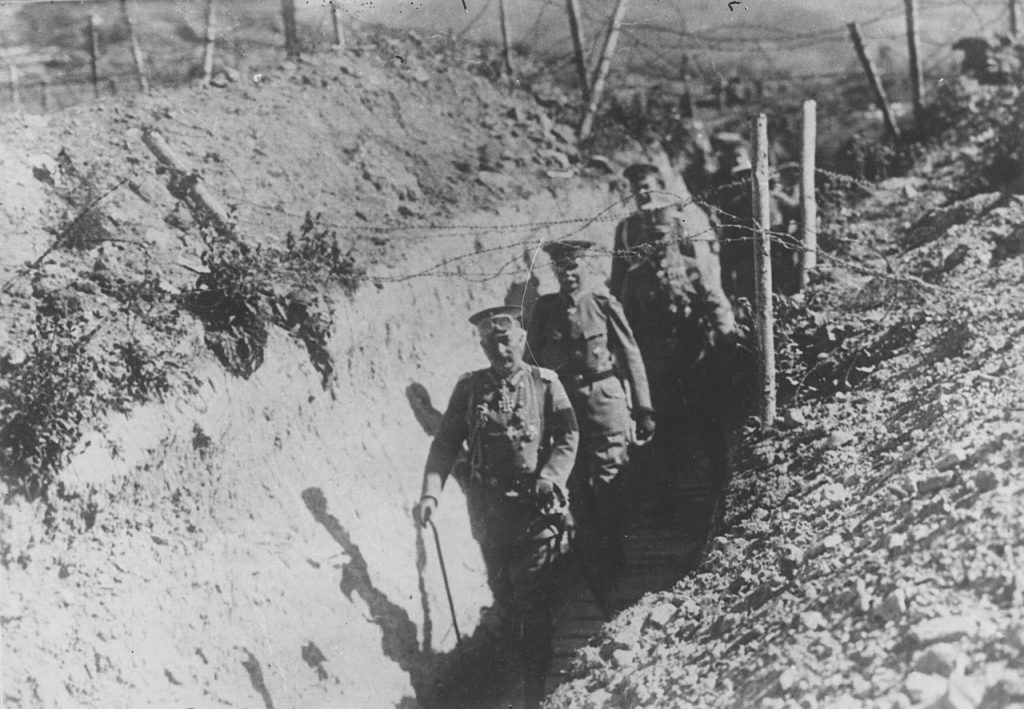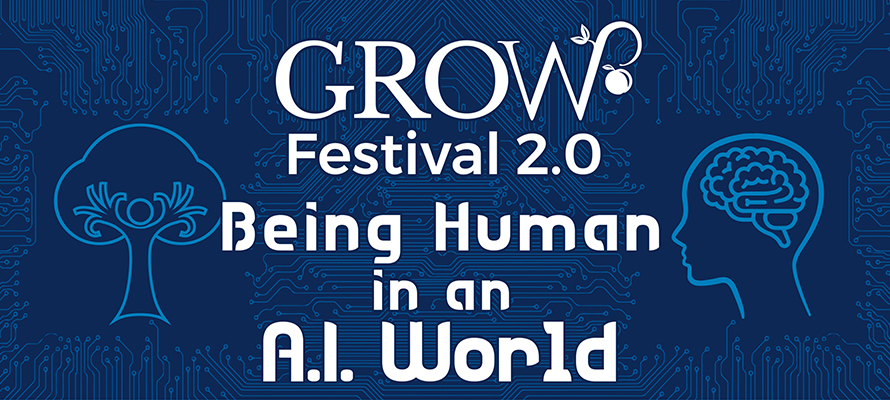Rosie, Year 11, shares her recent WimTalk with us, discussing issues surrounding the way Britain remembers its past to shape its future.
September 2nd, 1945, Tokyo Bay. On the deck of the American battleship USS Missouri, the Japanese Instrument of Surrender document was signed by representatives from Japan, the United States, China, the United Kingdom, the USSR, Australia, Canada, France, the Netherlands, and New Zealand. World War Two was officially over. This ceremony aboard USS Missouri lasted 23 minutes, and yet the impact of what it represented rings on to today, almost 75 years later.
Now, in 2020, Great Britain has not moved on the Second World War – far from it. Everywhere in Britain, wartime memorials and museums can be found, remembering the half a million soldiers and civilians who lost their lives. Most British people have relative who fought in or experienced the war, and there are few who would not recognise the phrase ‘We shall fight on the beaches’ from Churchill’s most famous speech. And this prominent remembrance is not just confined to the older generations: It is an integral part of every child’s education too. Hundreds of books, TV programmes, podcasts and films have documented the war with great success – even recently. The modern economy, too, remembers the war, with Britain making the final war loan payment to the United States only 14 years ago in 2006. Overall, the memory of the Allied victory in the Second World War – “our Finest Hour” – inspires the national sense of pride in our military history that has become a rather defining British characteristic.
But the question is: why does Great Britain cling on to the Second World War more than any other nation involved? And is this fixation justified, or is it time to move on?
One perspective is that the British viewpoint of the Second World War is bound to be different because of geography. The triumph of physically small island nation prevailing in war is something we can celebrate and take pride in. For other nations involved – larger landlocked countries with shifting borders – this is less easy. For example, Germans today are less inclined to look back, not only because of the radical changes in society since the Third Reich or lack of a victory to celebrate, but also because modern Germany is physically different to the earlier Germany of the Kaisers, Weimar, Hitler and the divided states of the Cold War. Instead, Germany today looks forward, not backwards, which some would argue has allowed it to become the economic giant on the world stage that it now is.
And that’s another thing – how much has Britain changed since the Second World War? Of course, it has modernised along with the rest of the world: politically, economically, and physically, but so many of the same institutions remain as were present in 1939. Our democratic government, our monarchy, our military and traditions have survived the test of worldwide conflict twice in one century, the collapse of the British Empire and the Cold War in a way that those of France, Spain and Italy have not.

The Second World War was a clear clash of good vs bad – peace vs aggression. Britain was not directly attacked by Hitler but stepped up to honour a promise to defend Poland against invasion for the greater good. Remembering the Second World War makes Britain proud of these national values, as had Chamberlain not roused from his policy of appeasement and committed Britain to the sacrifice of money, empire and life, had Churchill not fortified the nation’s most important alliance with Roosevelt, the world would certainly be a very different place today. And so, if a nation’s psyche comes from the values and institutions it possesses that have stood up throughout history, is it really any wonder Brits take pride in looking back?
On the other hand, perhaps after so many years it’s time to recognise that we are not, in fact, the same Britain that we were in 1945. In 1944, British economist John Maynard Keynes spoke at the famous Bretton Woods conference. He said that the Allies had proven they could fight together, and now it was time to show they could also live together. In achieving this, a genuine ‘brotherhood of man’ would be within reach. At this conference, the IMF and World Bank were created, soon followed by the UN, to promote peace and prevent the kind of economic shocks that led to war in the first place. But at the same time, these organisations were a convenient way for the main Allied powers to solidify their power and privileges. Since then, a European has always headed the IMF, and an American the World Bank. The UN Security Council is dominated by the five permanent members, whose privileged position, some say, is nothing but a throwback to the power distribution on the world stage of 1945. By clinging on to the war, are we really clinging on to the idea that Britain is still a leading power, and modern economic giants such as Germany and Japan do not deserve to disrupt the power structure of 1945? We pour so much money into Britain’s defence budget to maintain this powerful status – into remembered threats and sometimes archaic strategies: submarine warfare, aerial dogfighters and manned bombers. The Second World War was certainly a catalyst for change across the globe. Perhaps now, Britain’s inability to let go of these old power ideals and designated roles of nations prevents us from achieving the ‘brotherhood of man’ that, in 1944, Keynes dared to dream of.
We are told that the value of history is to ‘learn a lesson’ to prevent us from repeating the same mistakes again. But there is an argument to say that this concept is a consistent failure. So many conflicts around the world seem to be caused by too much remembering: refreshing tribal feuds, religious division, border conflicts, expulsions and humiliations. Doesn’t remembering cause Sunni to fight Shia or Hindu to fight Muslim? Is it memory that maintains dispute in the Balkans, the Levant, Mesopotamia? Perhaps the emotion sparked by remembering the details of our past is better left in history when it has the capability to spark aggression, conspiracy theories and irrational anger. Today’s politics of identity seem provocative enough without being fuelled by history, so perhaps we should heed Jorge Luis Borges who wrote: ‘The only vengeance and the only forgiveness is in forgetting’. This advice has been proven to work over time – Nelson Mandela’s philosophy in 1990s South Africa was to focus on ‘truth and reconciliation’ and draw a line under his country’s recent history – closure. Can Britain not find closure on the 20th century?
What I can conclude is that there are two perspectives to take on this statement: there are some who hold onto our history as a lesson for the future, as a reminder of the importance of peace and action for the greater good, who will never be able to forget the Second World War because of the core British values that it represents. And then, there are those who think it is time to let go of the past, and adapt our nation’s values to suit our current position in the quickly-changing world that we live in. And so, the only question I have left to ask is: which are you?









 The Sinharaja Forest Reserve is a national park and a biodiversity hotspot in the southwest of Sri Lanka. It has been designated a Biosphere Reserve and World Heritage Site by UNESCO. There are 211 woody trees and lianas so far identified in the reserve, 66% of which are endemic, 20 of Sri Lanka’s 26 endemic birds are found here as well as half of Sri Lanka’s endemic mammals and butterflies.
The Sinharaja Forest Reserve is a national park and a biodiversity hotspot in the southwest of Sri Lanka. It has been designated a Biosphere Reserve and World Heritage Site by UNESCO. There are 211 woody trees and lianas so far identified in the reserve, 66% of which are endemic, 20 of Sri Lanka’s 26 endemic birds are found here as well as half of Sri Lanka’s endemic mammals and butterflies. This Eco lodge encourages ecotourism.
This Eco lodge encourages ecotourism.


